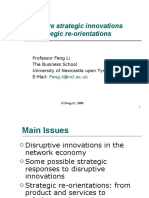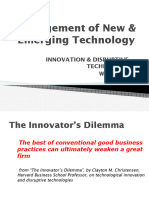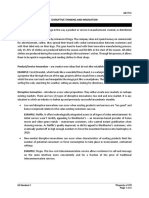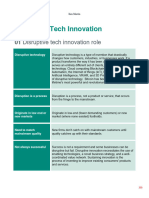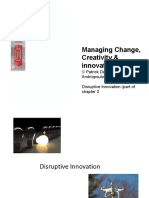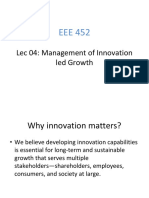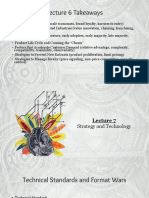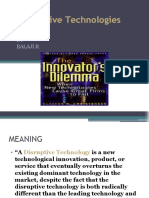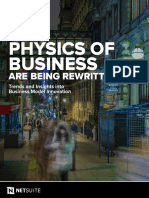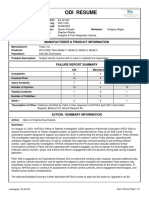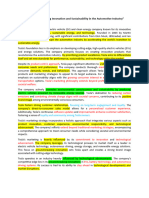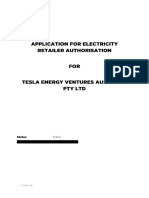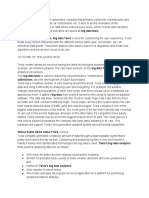0% found this document useful (0 votes)
10 views5 pagesDiscussion 1
The document discusses traditional disruptive innovation, highlighting key features such as starting with lower-priced alternatives, targeting less profitable segments, and enabling strategic responses from incumbents. It contrasts this with big-bang disruption, which leverages rapid prototyping, low overhead, and customer intimacy through direct engagement. The automotive industry is provided as a real-life example of big-bang disruption, particularly through the rise of electric vehicles and autonomous driving technologies exemplified by companies like Tesla.
Uploaded by
yuehanyang2005Copyright
© © All Rights Reserved
We take content rights seriously. If you suspect this is your content, claim it here.
Available Formats
Download as PDF, TXT or read online on Scribd
0% found this document useful (0 votes)
10 views5 pagesDiscussion 1
The document discusses traditional disruptive innovation, highlighting key features such as starting with lower-priced alternatives, targeting less profitable segments, and enabling strategic responses from incumbents. It contrasts this with big-bang disruption, which leverages rapid prototyping, low overhead, and customer intimacy through direct engagement. The automotive industry is provided as a real-life example of big-bang disruption, particularly through the rise of electric vehicles and autonomous driving technologies exemplified by companies like Tesla.
Uploaded by
yuehanyang2005Copyright
© © All Rights Reserved
We take content rights seriously. If you suspect this is your content, claim it here.
Available Formats
Download as PDF, TXT or read online on Scribd
/ 5


